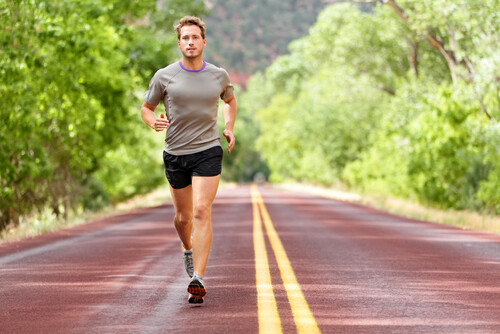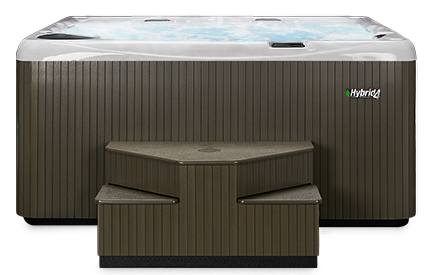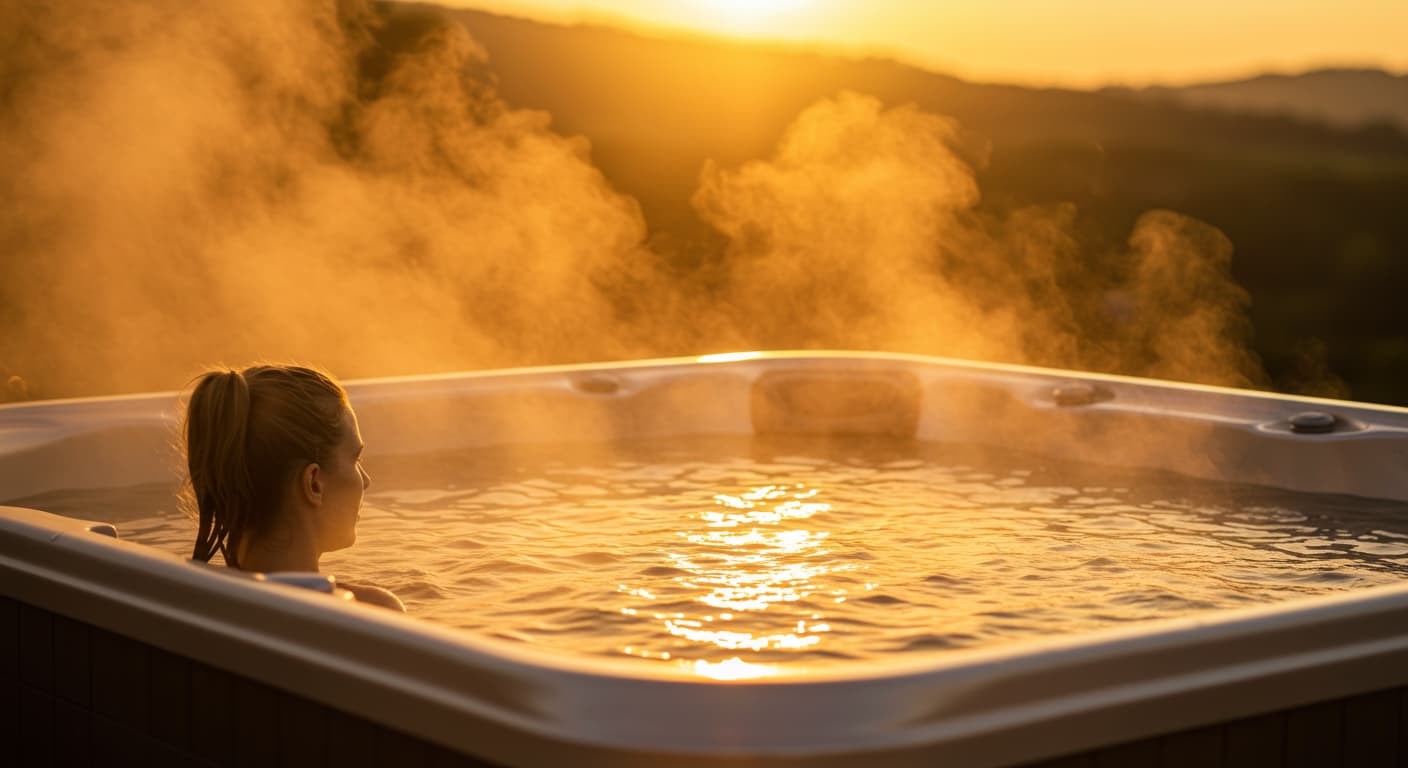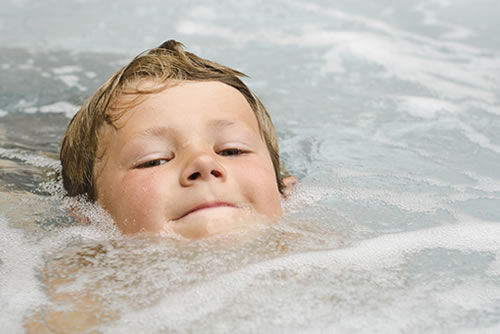If you have ever cranked out a brutal workout followed by the thought of “Man, I really could use a hot tub right now” you are not alone. After working hard in the gym, a steamy, bubbly, hot tub sounds delightful. But when you soak post-exercise can either help or hurt your recovery.
The temptation of getting into a hot tub after an intense workout is real. Many coaches claim their post-exercise soak is the best part of their training, but when is the right time to get into a hot tub for optimal recovery? Let’s break down the science of hot tubbing and exercise to inform your decision.
The Post-Exercise Immediate Window: Why Timing is Important
Your core temperature can feasibly massively increase during exercise, think your internal thermostat was just in a riot. Submerging yourself in hot water when you are already hot is a really stress on your cardiovascular system, possibly resulting in dizziness or health risks. I’ve certainly seen tons of people make this mistake (including myself, when I started working out) and it is horrible.
The best strategy is wait until your temperature and heart rate come back to your baseline, and then submerge into the hot tub – which usually is anywhere from 30-60 minutes post-exercise. During that time, you should be actively drinking fluid, so the amount of fluid loss by sweat, through your pores, is a waste of time. Instead of getting nice and cozy in the hot tub, grab a drink and cool down for a bit.
Pre-Workout Usage: A Premeditated Strategy
Hot tub before workout sounds a little strange; however, this pre-workout soak, done shortly, can actually improve your performance. A 5-10 min soak will increase blood flow and activate your muscles prior to your other activity. This is particularly useful in colder climates since having warmed up muscles will decrease the likelihood of injury and improve performance.
Benefits of soaking before working out:
- Increased blood flow and flexibility
- Decreased likelihood of cold-weather injuries
- Enhances pre-workout warm
- Improved range of motion
Pre-Workout Soak Timing Chart
| Time Frame | Duration | Temperature | Notes |
| Pre-Workout | min | 100-102°F | Light soak, mostly warmup |
| Post-Workout | None | N/A | Allow at least 30-60 mins |
| Recovery Soak | min | 102-104°F | Major muscle groups |
Game Day Considerations
“Is hot tub good before a game?” is an interesting question. You can do a quick soaking in the morning to activate your body, but timing is important. For athletes, hot tub sessions should be at least 3 hours prior to competition.
We found this out the hard way watching a team of local hockey players using the facility hot tub as part of their game preparation. Let’s just say their first period was not exactly championship material.

Recovery Timeline: When to Dunk
If using a hot tub for muscle recovery, this case study indicates your soak should have less duration, even though you will have less total hot water exposure, the strategy of better more gradual immersion should ultimately benefit you more.
For your workout follow a recommenced approach where first, allow either your cool-down phase, then rehydrate. Once your body temperature recuperates, utilizing a therapeutic soak can reduce muscle tension, and accelerate recovery.
It Is A Cool-Plunge-Hot-Tub Dance
According to CorePerformance.com, you should jump into 55 degree (Fahrenheit) water after any workout. At 55 degrees, muscle inflammation drastically decreases. A few minutes later, you would flip into the hot tub to increase blood flow and help stimulate muscular recovery. Repeating this cycle is an excellent way to unwind after a workout.
Professional athletes use this method of contrast therapy, but the results are stellar:
- Start with cold plunge (55 degrees for 1-2 minutes)
- Move to the hot tub (102 degrees for 3-4 minutes)
- Repeat 3-4 times
- Finish with cold
If you do not have a pool, you can closely mimic this method by taking a cold shower before entering the hot tub. You can shower and sit in a sauna as well. This is common practice at many health spas and fitness centers.
Hydration: The Key Factor
Regardless of whether you use hot tub before or after workout, being hydrated is an essential factor you need to mull over. Your body will lose fluid from both exercise and soaking, leading to dehydration. It is best to keep water nearby as a standard for soaking in the hot tub, but sports drinks can replace/ restore electrolytes, especially after a grueling workout.
Essential Points on Hydration:
- Hydrate with 16-20oz of water before getting in the hot tub.
- Keep water nearby during the hot tub session.
- Use urine color as a hydration monitor.
- Hydrate after the hot tub soak consistently.
Sport-Specific Considerations
The benefits of hot tub therapy will vary greatly based on the sport you are engaging in and the physical requirements of the sport. Endurance-based athletes will generally be better served using many hot tub sessions with longer durations (approximately ~20min) of recovery did provide them some utilization for recovery. Power-based athletes might be better utilizing the hot tub for short sessions (~10min) and want to be in the right muscle groups after competition. Knowing the physical requirements of your specific sport will allow you develop your roller skating to be greatly more advantageous to your body.
For instance, take a tennis player whose shoulder is under high repetitive stress compared to say a soccer athlete whose legs would be how their are recovering and being active recovery. The tennis player may be in a lot of stress the first five or seven.
Common FAQ
Does a hot tub help muscle recovery? Yes. There is hard evidence that supports the use of a hot tub for muscle recovery if used at the good times. Heat and hydrostatic pressure combined may reduce muscle tightness and allow for increased blood flow to affected tissues.
Benefits of a hot tub after workout for muscle recovery and so many things besides muscle recovery. After many well-timed sessions a hot tub can benefit sleep quality, reduced stress, and most importantly DOMS improved recovery time. In these situations, timing and listening to your body are most the most important, timing never mattered really.

Pro Tips
- Start with small duration to get body acclimated
- Position tights directly on top if their largest muscle groups
- Consistent temperature of the water
- Leave as soon as you feel light headed or uncomfortable
Remember: A successful hot tub therapy session is simply timing – your body’s wisdom to what enough is enough as it is easy to forget. Assuming whether you are an athlete who needs to enhance your performance or simply an individual wanting improved recovery, a hot tub could be what you are looking for the strategy is just work with your body.
At Canadian Home Leisure, we would like to think we have fitted a lot of our customers with hot tub systems that best suit their recovery demands. Are you looking to see the full line of Beachcomber hot tubs, visit our showroom visit us so we can create an ideal post workout haven that works with your body, not against it.





